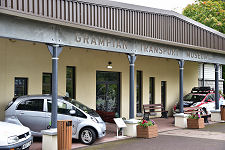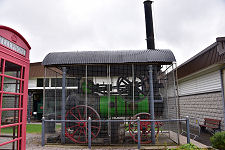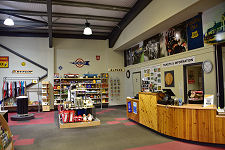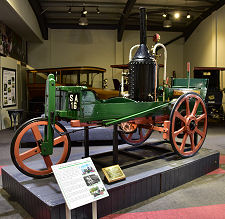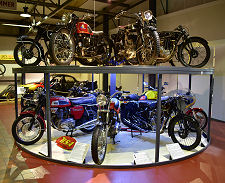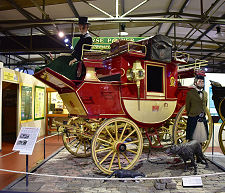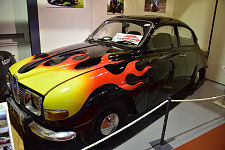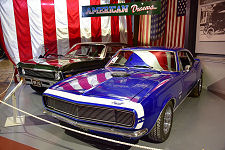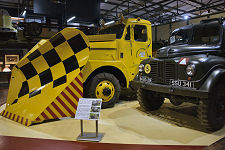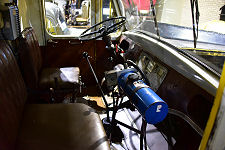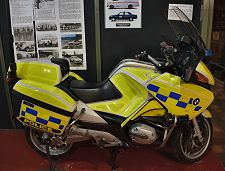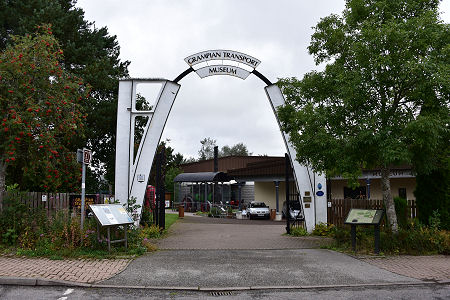 The Grampian Transport Museum |
The Grampian Transport Museum stands in the village of Alford, in Aberdeenshire, some 23 miles west of Aberdeen. What you find is an outstanding museum which is home to a large, varied, extremely impressive and beautifully cared for collection of transport exhibits. This is a museum it is well worth travelling some distance to enjoy.
The idea of a transport museum for Grampian Region had been in the air since the 1970s. At the beginning of the 1980s Alford emerged as the favoured location, at the same time as funding became available from Council and European sources to supplement the efforts of local fundraisers. In April 1983 the Grampian Transport Museum was opened in its current premises, just on the north side of the centre of Alford. Two years later it was joined by the Alford Valley Railway Museum based in the old railway station a few hundred yards away.
The entrance to the museum faces on to Alford's main car park. Beyond the distinctive white arch are a range of outdoor exhibits. Before you enter, it is worth taking note of the path off to the right. This leads to the large oval track which hosts a range of special events over the summer and comes complete with its own grandstand. (Continues below images...)
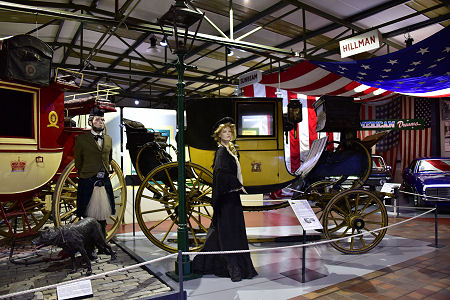 Travelling Chariot from 1817 |
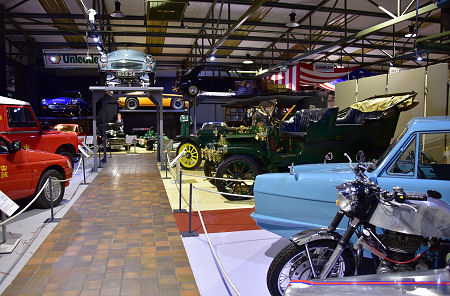 Some of the Cars on Display |
The museum itself is housed in large and airy factory unit style buildings which seem ideal for displaying exhibits of very different sizes to their best effect. Once past the reception desk forms part of the museum shop.
The museum's display areas occupy two large interlocking roughly square buildings. What is most impressive about the Grampian Transport Museum is the combination of the quantity and the quality of the exhibits on offer. There are some really unusual items on display here, but the size of the museum means that there is also scope for a considerable breadth of coverage. A good example of this, which you see immediately on entering the museum is the extensive collection of motorcycles on view, ranging from types that many visitors might themselves once have ridden, to much more exotic vehicles.
A mezzanine gallery offers good views over the different areas of the museum and is home to a number of collections, including most of the museum's bicycles. There are also some rather nice Meccano models on view and a large working model railway.
The main exhibition floors are divided into a series of themed areas. The collection of horse drawn coaches near the reception area is impressive. This is supplemented by displays themed on the art of the wheelwright, and on the operation of the first mail coaches. As you stand and admire the large red and beige coach, it is fascinating to see the nearby time-bill dating back to a trip started on 6 May 1797 in which the mail coach from Edinburgh to London covered the 396 miles in 60 hours and 15 minutes, arriving exactly on schedule.
The museum's collection of cars is magnificent. Larger vehicles on view include a horse drawn tram and an electric tram built to link the now long demolished Cruden Bay Hotel with the local railway station. Another vehicle with a fascinating Aberdeenshire story is in part of the reception area. The Craigievar Express is a steam tricycle built between 1895 and 1897 by Andrew Lawson, the Craigievar postman. It was mainly used for shows rather than to help with mail deliveries, but when you think about the pressures involved in steam power, the miracle is that either the vehicle or its owner survived at all. The Craigievar Express was restored to its current showroom condition by the late Maurice Armstrng Smith DFC in 1969, and its story and its links with the area exemplify exactly why wandering around the Grampian Transport Museum is such a joy.
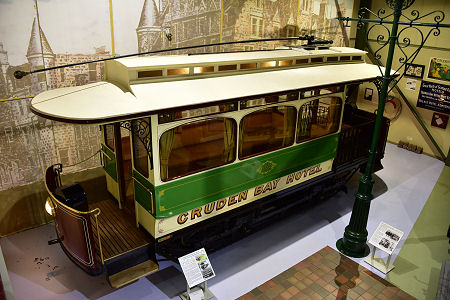 Cruden By Hotel Tram |
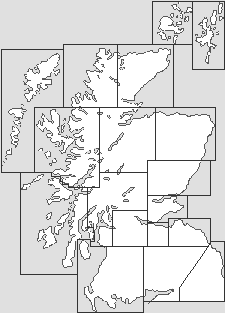
|
|
|
Visitor InformationView Location on MapGrampian Transport Museum 4 Star Museum Alford, Aberdeenshire, AB33 8AE. Tel: 01975 562292. info@gtm.org.uk Grid Ref: NJ 578 161 www.gtm.org.uk Opening Hours Admission Accessibility What3Words Location: ///water.tidy.executive |
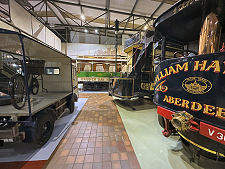 Lorries and Trams |
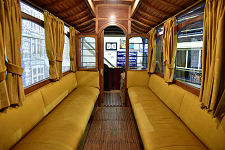 Cruden Bay Hotel Tram |
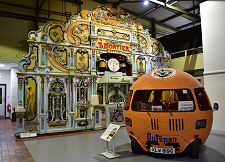 Mortier Dance Organ & Outspan Orange |
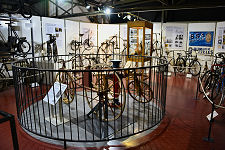 Bicycle Collection |
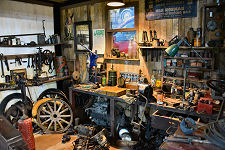 A Recreated Workshop |
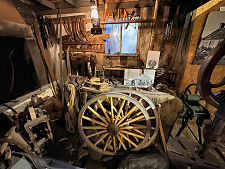 Wheelwright's Workshop |
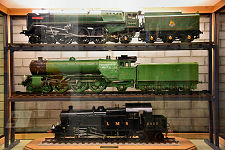 3.5 Inch Gauge Engines |
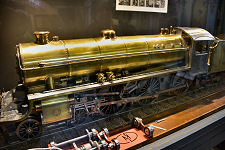 5 Inch Gauge Locomotive |
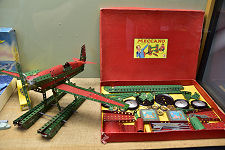 Meccano |
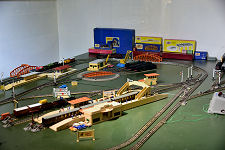 Working Model Railway |
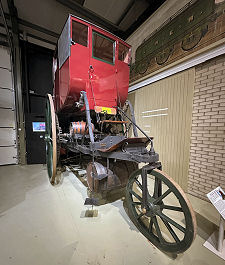 London Steam Carriage Replica |
